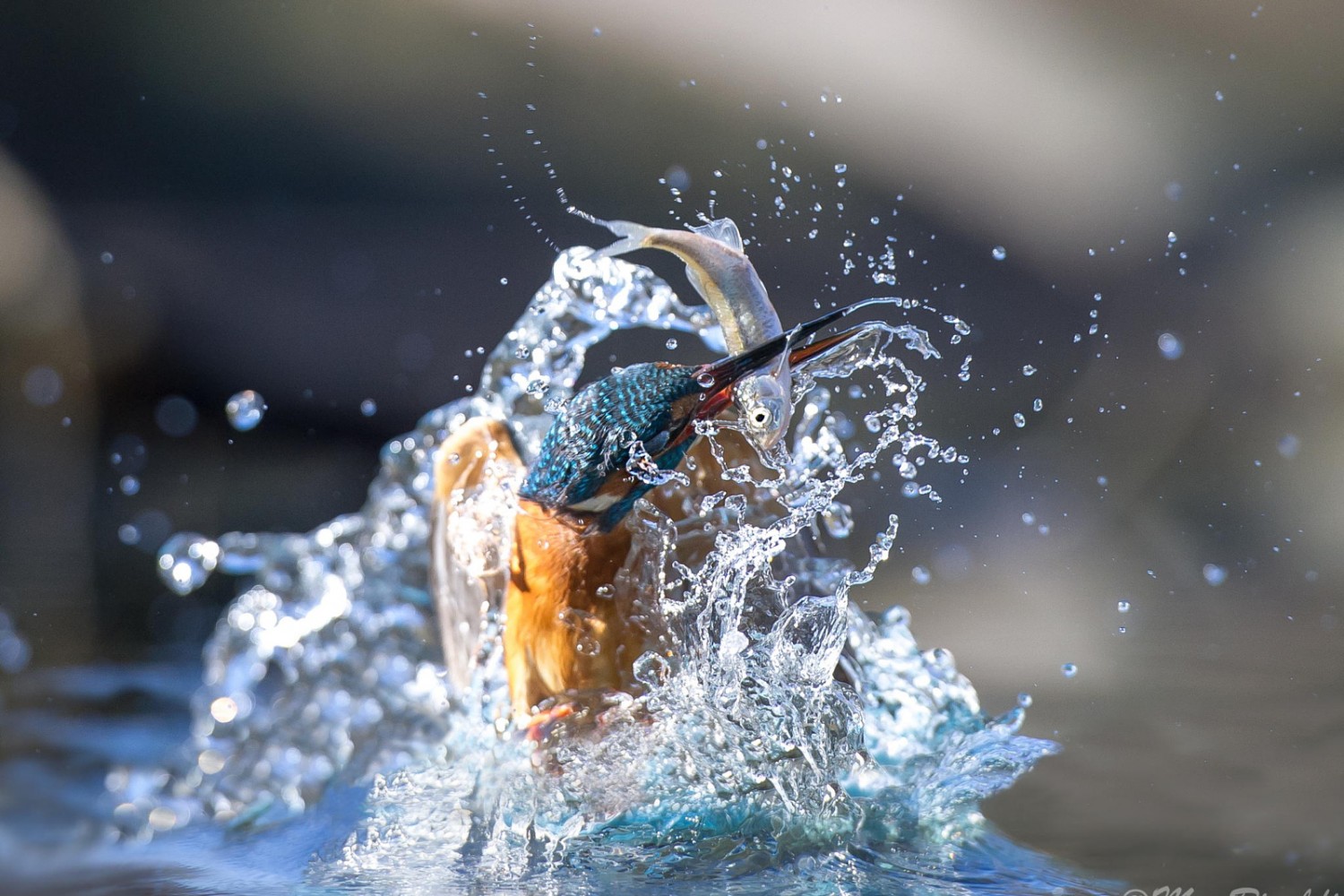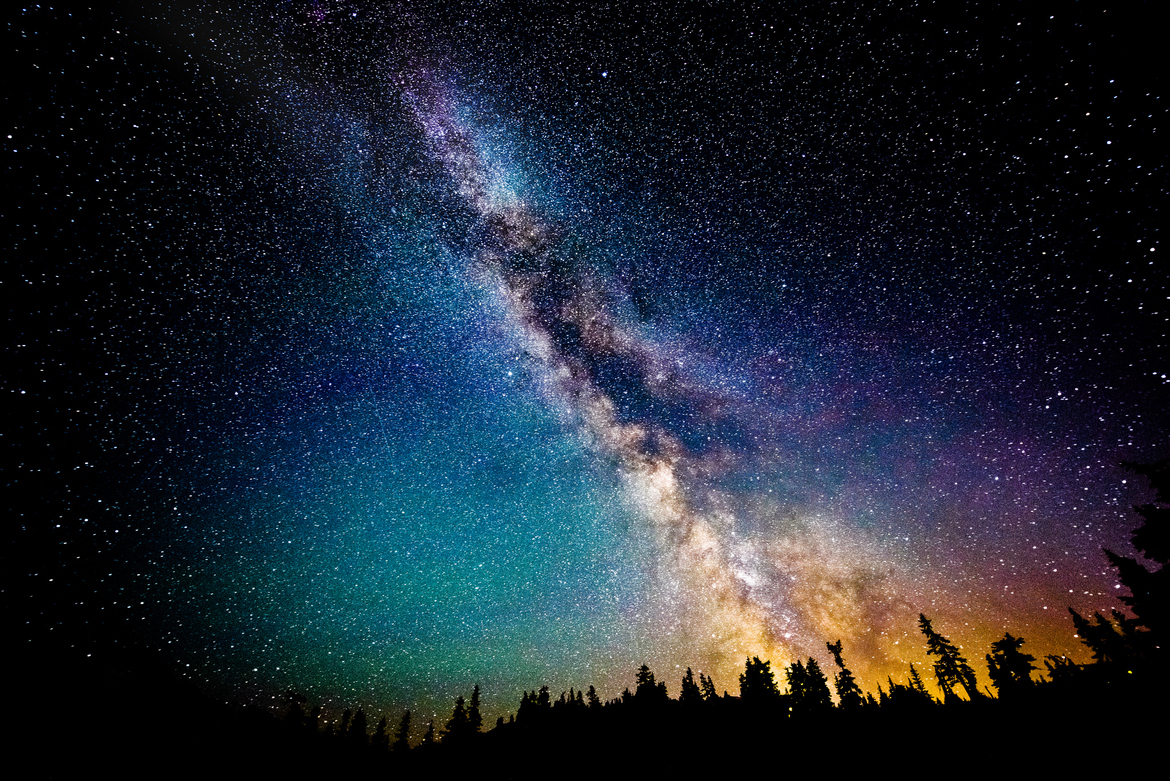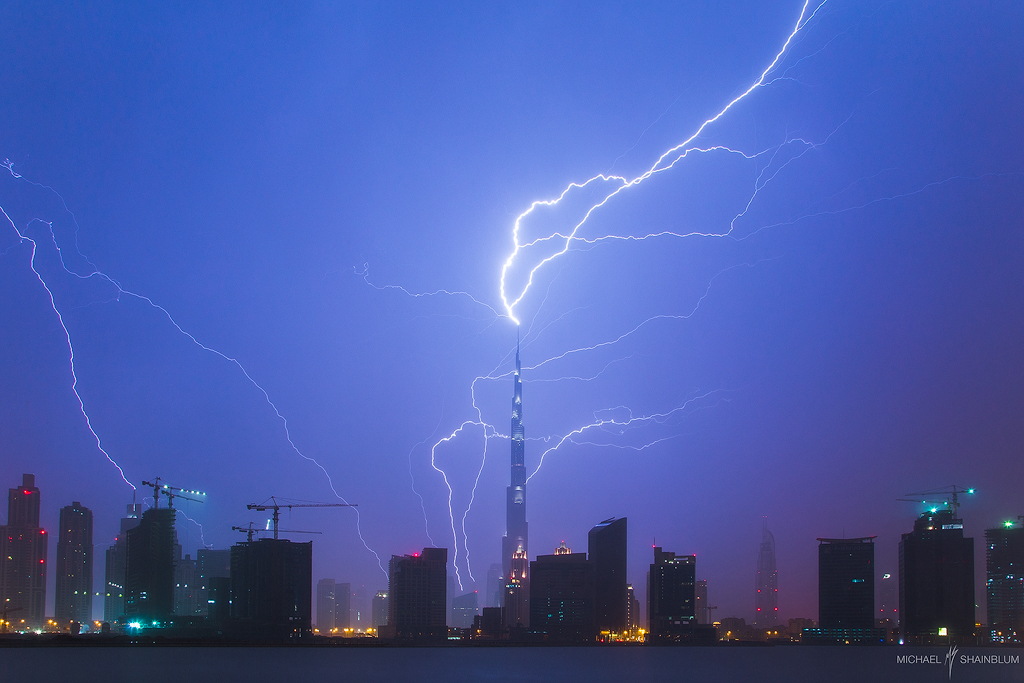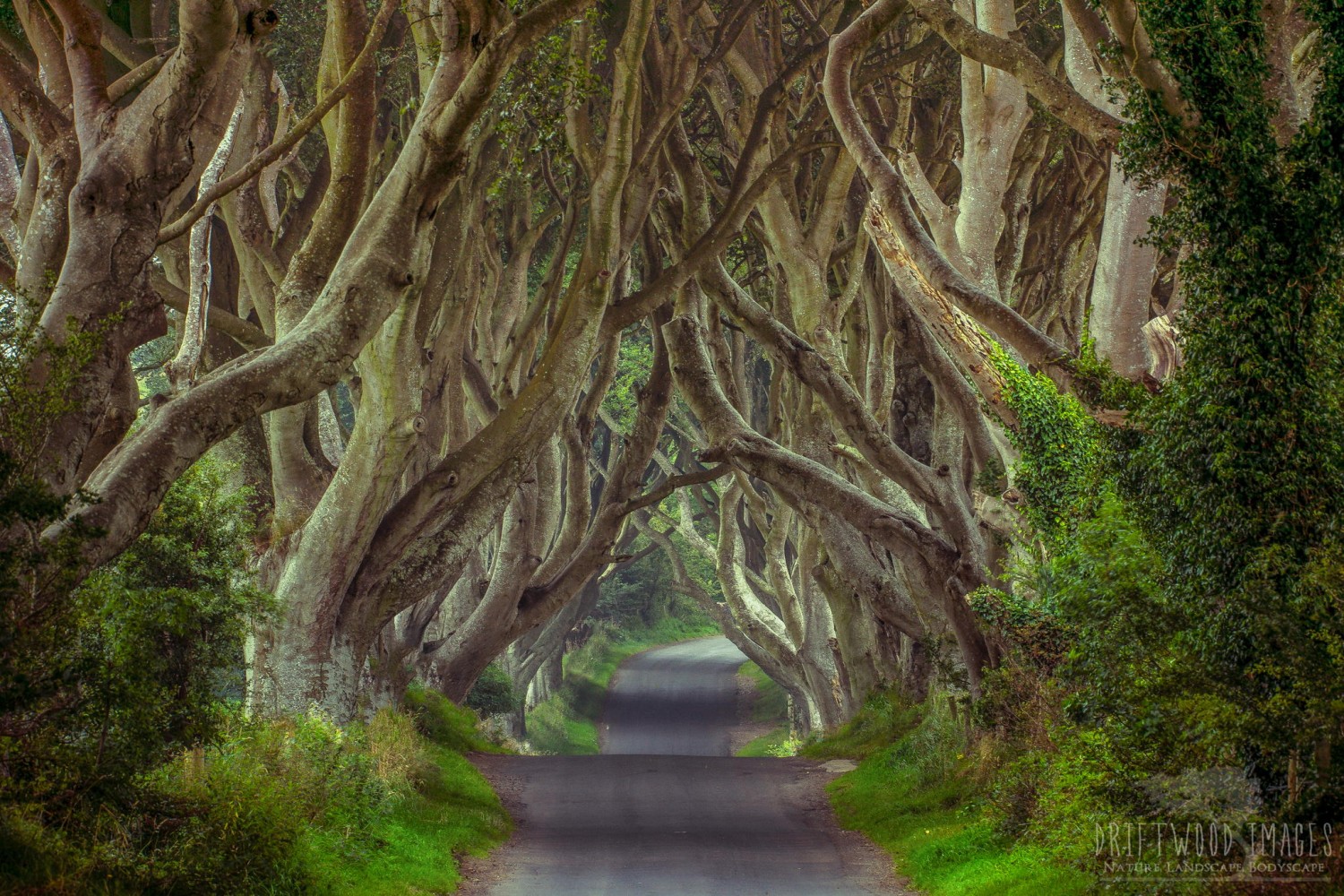The moon is your flashlight, the night sky your muse, a crystal clear shot of the milky way your goal. That pretty much describes photographer Tanner Wendell Stewart’s time in Yosemite National Park recently.
Sleeping by day, he would emerge right around sunset and spend the nights hunting for incredible pictures, capturing multi-image panoramas of sheer granite rock faces and sparkling stars, and combining them together later into a final image worth gawking at.
In the few paragraphs below, Tanner describes his trip and how he captured the images below. Scroll down for some serious night sky inspiration from one of the most beautiful places on Earth… Yosemite:
Hunting for the Milky Way in Yosemite National Park
Yosemite—it’s breathtaking. The granite walls, blue rivers, the night sky. I was lucky enough to spend uninterrupted days shooting here, and it should 100% be on everyone’s must-see list!
National Parks tend to be busier than I prefer, but in a place as big as Yosemite, it’s not difficult to get away from the crowds. I generally focus on shooting at times that aren’t as popular for most tourists but are perfect for photography—sunrises, sunsets, and night skies.
Tip: If you are visiting, get up early or stay up late—don’t miss views like these!
The Milky Way in Yosemite is absolutely breathtaking. As the sun sets and the valley fades into darkness, the beautiful granite silhouettes of the surrounding mountains rises against the clear, starry sky.
Lately, I have been doing composites with my star images because it gives you the ability to create a clear photograph instead of the grainy capture from a single fisheye photo. By shooting the foreground separately from the sky, you can use the moon as a kind of giant flashlight against the granite faces, while keeping the integrity of the stars. I usually do a 4-12 image panoramic stitch of the foreground, then add the sky.
To shoot the sky, I usually use my 10.5mm nikon fisheye lens, shooting nearly straight up for 30 seconds at f/2.8 and ISO 3200. I also do sets of time-lapse photos throughout the night, which is a great way to have options for where you want to place the milky way in your final composite.
Once I have the two parts, I carefully blend the images together into an image that mimics the beauty of really being there. So if you can’t make it to Yosemite for a while, I hope you enjoy the beauty in these photos!
Tanner’s Yosemite photos are undeniably breathtaking, but then again that applies to just about every photo he takes! To see more of his work, follow him on 500px, visit his website, or check him out on Twitter and Instagram.
You can also learn all about how his landscape imagery has raised thousands of dollars to help combat human trafficking in this article.
















Leave a reply